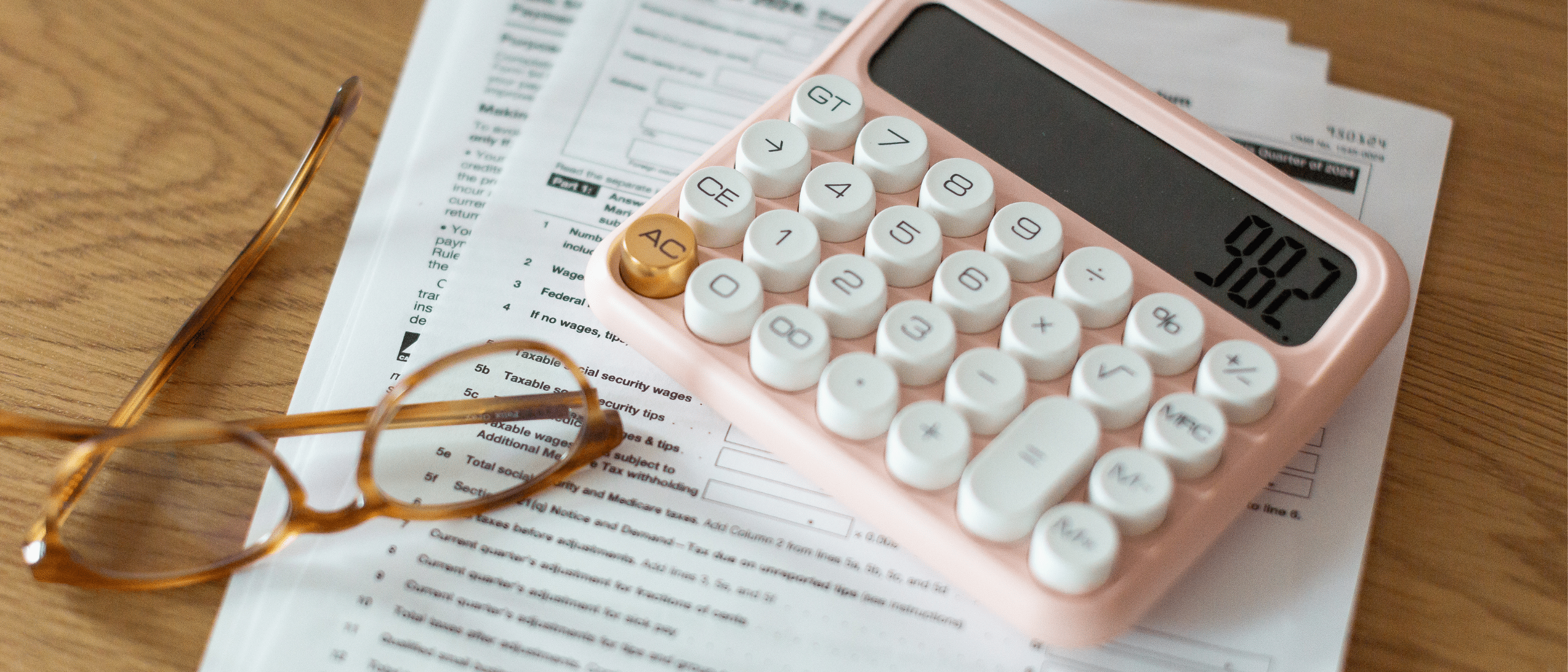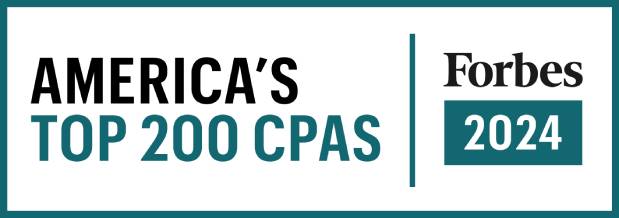Have you ever played a game with someone who made up the rules as you went? It’s frustrating and hard to develop any strategy!
Well, that’s how I feel about the PPP loan. Less than a week after the PPP loan was birthed and signed into law, applications opened up and it felt like the funds were gone in the blink of an eye. With the second round of funding and many of the big businesses with deep pockets giving back their loan funds, actual small businesses started to receive confirmation that their application had been approved and they’d receive the funds within 10 days. Time for a happy dance!
After the rush and excitement wears off, you’re probably left wondering, um…what do I need to do now to make sure this actually gets forgiven?
Here’s our guide for how to track eligible costs and steps to take in order for your PPP funds to qualify for forgiveness. This is more technical than what we typically post, so if it overwhelms you, take a deep breath and work with your accountant on these calculations.
Disclaimer: Please note that final forgiveness guidance hasn’t been issued as of the date this was published, but we will update the post once that guidance has been issued. Our guidance is based on information provided in Section 1106 of the CARES Act as well as information released by the SBA and U.S. Treasury Department. This guidance is based on available information as of May 13, 2020 and is subject to change. This guidance is not intended to be used as a guarantee of PPP loan forgiveness.
Step 1: Calculate the maximum amount of expenses that qualify for forgiveness
Track total eligible costs incurred and paid during the 8-week covered period which begins on the day funds are disbursed by the lender. The sum of items a – e below is the maximum total amount that qualifies for forgiveness. Eligible costs include the following:
- Payroll Costs, Including:
- Salary, wages, and tips (up to an annualized amount of $100,000, or $15,385 per employee)
- Employee benefits (including health care expenses, retirement contributions, and employer-paid state unemployment taxes)
- Owner Compensation (for Self-Employed Schedule C filers):
- Use line 31 of your 2019 IRS Form 1040 Schedule C (limited to $100,000) times 8/52
- Business Mortgage Interest Payments:
- Payments of interest on mortgage obligations on real or personal property incurred before February 15, 2020 (does not include home office mortgage)
- Business Rent Payments:
- Rent payments on lease agreements in force before February 15, 2020 (does not include home office rent)
- Business Utility Payments:
- Utility payments under service agreements dated before February 15, 2020 (does not include home office utilities)
(Source: Interim Final Rule, Question f. What amounts shall be eligible for forgiveness?)
Step 2: Four factors can reduce maximum forgiveness amount
- If payroll costs as a percentage of total eligible costs are less than 75%, you must reduce the amount of forgiveness accordingly:
- Calculate Payroll Costs as a Percentage of Total Eligible Costs:
- From Step 1 above, add items a and b, and divide by the sum of items a through e
- If the resulting percentage is less than 75%, then the difference between 75% and the calculated payroll cost percentage, times your total eligible costs equals your forgiveness reduction amount. (Is your head spinning yet?)
- Calculate Payroll Costs as a Percentage of Total Eligible Costs:
- If your number of full-time equivalent (FTE) employees is reduced during the 8-week covered period (and not restored by June 30th), you must reduce the amount of forgiveness accordingly:
- Compare the Number of FTE’s as of 2/15/20 to the Number of FTE’s During the 8-Week Period:
- Divide the number of FTE’s as of 2/15/20 by the number of FTE’s during the 8 week covered period
- If the resulting percentage is less than 100%, then the difference times your total eligible costs equals your forgiveness reduction.
- Note that any FTE’s hired back by June 30th will restore your PPP forgiveness amount accordingly.
- Compare the Number of FTE’s as of 2/15/20 to the Number of FTE’s During the 8-Week Period:
- If total wages paid during the 8-week covered period compared to total wages paid during the most recent calendar quarter is reduced by more than 25%, forgiveness is reduced accordingly:
- Divide wages paid to employees included in Step 1, Item a, Payroll Costs, by wages paid to those same employees during the most recent calendar quarter (included in Form 941)
- If the resulting percentage is less than 75%, then the difference between 75% and the calculated percentage, times your total eligible costs equals your forgiveness reduction amount.
- Divide wages paid to employees included in Step 1, Item a, Payroll Costs, by wages paid to those same employees during the most recent calendar quarter (included in Form 941)
- If you received an EIDL advance of up to $10,000, you should reduce your PPP forgiveness by that amount (because the EIDL advance does not have to be repaid and you are not allowed to “double-dip”).
I know, this sounds like a lot of work. The good news is, we love to treat the blog readers with some user-friendly tools so we’ve created the PPP Loan Forgiveness spreadsheet below to help organize all of the calculations that go into the loan forgiveness amount.
FAQ’s on Loan Forgiveness
- Is there any specific guidance for self-employed individuals as to what types of expenses are considered “eligible costs” and included for forgiveness?
Yes. See IFR posted on 4/14/2020, Question d. How can PPP loans be used by individuals with income from self-employment who file a 2019 Form 1040, Schedule C? Also, note that there is a difference between guidelines for what PPP funds may be used for versus amounts that are eligible for forgiveness (see Question f. What amounts shall be eligible for forgiveness?) - Are health insurance premiums and retirement contributions for self-employed individuals added to payroll costs as calculated from the net profit from 2019 IRS Form 1040 Schedule C, Line 31 (limited to $100,000)?
No, based on current guidance, health insurance premiums and retirement contributions are only added to payroll costs for individuals with employees, not for self-employed individuals without employees. - I am a self-employed individual and have just received my PPP funds. How should I pay myself over the 8-week covered period for my payroll or “owner compensation replacement” and document it so it’s clear what the funds were used for?
We are still waiting for further guidance regarding documentation for PPP forgiveness, but would recommend writing yourself a check (weekly, bi-weekly, monthly, etc) out of your business bank account and indicate in the memo the pay period and “Owner Compensation Replacement”. - When a business receives funds under both the Economic Injury Disaster Loan (EIDL) / Advance and the Paycheck Protection Program (PPP), how is the PPP loan forgiveness affected?
Businesses are allowed to apply under both programs, but cannot use loan proceeds from the EIDL for the same costs that are covered under the PPP. Any amounts received up to the $10k advance provision allowed under the EIDL should reduce forgiveness under the PPP accordingly. - What happens to PPP funds received / used but not forgiven by the lender?
Any portion of the PPP loan not forgiven will result in a 2-year term note, with an interest rate of 1%. The principal and interest payments will be deferred for the first 6 months. - What if I applied for and received a PPP loan, but have since determined that it’s not an absolute necessity in order for my business to continue with ongoing operations?
The SBA has established a “limited safe harbor” period for businesses to repay the full amount of the PPP loan and still be deemed to have made the “necessity” certification in good faith. If a business repays the PPP loan amount in full by May 18, 2020, it will be treated as if the business had never participated in the Paycheck Protection Program, and will be eligible for other tax credits established under the CARES act. - I heard that if my loan is under $2 million, I won’t be audited, is that true?
You aren’t necessarily exempt from an audit, but if your PPP loan is under $2 million, it is assumed that you made the loan request in good faith and are less likely to have adequate sources of liquid funds. Any businesses that receive loans in excess of $2 million will be subject to review by SBA for compliance with program requirements. - Can I spend 100% of my loan on payroll expenses? Does that affect the amount forgiven?
Currently, the only requirement is that payroll expenses do not fall below 75% of the total loan amount, which means you can use 100% of the loan for payroll without being penalized. - When does my 8-week clock start to use the funds?
It begins on the date your lender makes the first disbursement of the PPP loan to you, the borrower.




